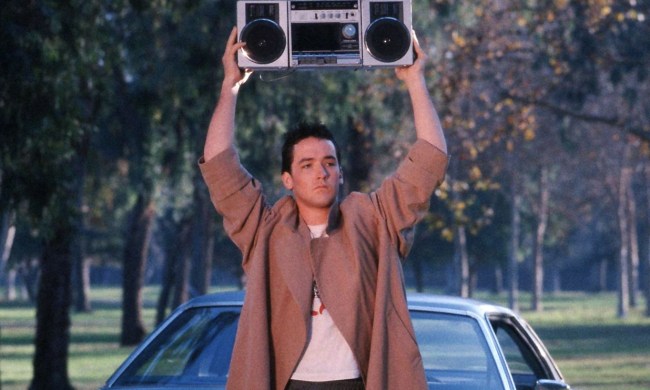Have you noticed how it’s basically dark all the time now? Did you ever ask yourself, “Hey, why are the days shorter in winter, anyway?” And are you wondering when the days will start to get longer again? Well, that time is upon us, friends.
Despite the fact that, in many parts of the world, it has been cold, dark, and snowy for weeks already, the first official day of winter does not occur until December 21, aka the winter solstice, aka the darkest and shortest day of the year.
What’s so special about the winter solstice? Why, lots of things. Let’s discuss a few of them because it would be weird to write an article like this otherwise.
Why Is the Winter Solstice So Dark?
For those of you living in the Northern Hemisphere, the winter solstice is the longest night and shortest day of the entire year. Why? Long story short, because of the tilt of the Earth’s axis. Contrary to popular misconception, it’s not related to the Earth’s physical distance from the sun. In fact, the planet is on the perihelion portion of the orbit in the early winter and is actually closer to the sun than at other times of the year. Drop that at your next party and watch the people nod in admiration.

Most Americans will see less than nine and a half hours of sunlight on the solstice day, which of course means nearly 14 hours of darkness. Don’t take it too hard — folks closer to the Arctic Circle don’t see any direct sunlight for weeks during the winter. Total bummer, right? The perpetual daylight of the summer sounds less than ideal, too.
Does the Sun Stand Still?
No … it doesn’t. During the winter solstice, it appears as if the sun remains unmoving on the horizon, eschewing its standard overhead arc. Thus the word “solstice,” which is derived from the Latin word solstitium, which translates to “sun stands still.” Of course, scientists eventually debunked the notion of an immobile winter sun, but the name stuck.
Is Winter Solstice a Holiday?
Yes! If you speak to pagans, druids, witches, or any other group of alternative spiritualities/religions/cults/rotary clubs that celebrate the Winter Solstice as an important holiday, you’re going to hear some ire directed toward Christianity. That’s because the forebears of these modern alternative types had been celebrating the solstice for centuries — if not millennia — before Christianized Rome decided to co-opt the dark winter season celebrations and set December 25 as the date on which they would honor the birth of Jesus. No one knows when Jesus was born (this begs the question of historicity, but we’ll leave that alone for now), but it’s pretty damn certain it was not on December 25.

However, as that was a time so many heathens were already celebrating heathen things, the church stuck the date there as a way to help usher people over into the “believer” column. If you want to have some pagan fun during the next winter solstice, by the way, Stonehenge is the place to be.
You might think that the yule log you burn (or at least talk about burning) each holiday season is a classic Christmas tradition, but not so much. Yule was originally a winter festival celebrated by pre-Christian Germanic tribes and, quite likely, by Norsemen. The etymology of the word “yule” is unclear, though variations seem to pop up in the stories of disparate groups spread across early Europe. What’s certain, though, is that the term referred to a celebration held on or near the darkest day of the year that originally had nothing to do with Christianity.
Article originally published December 22, 2016.



